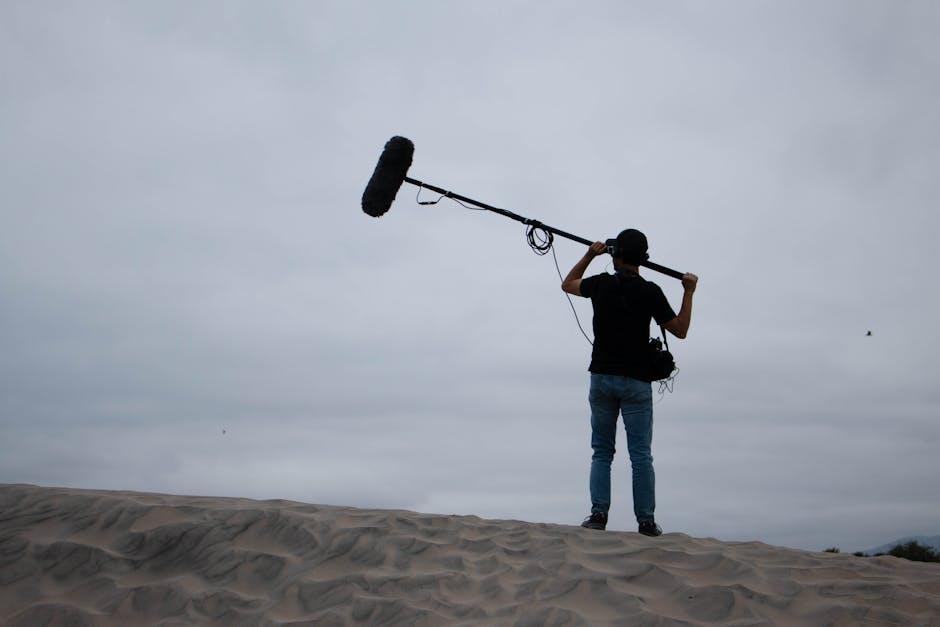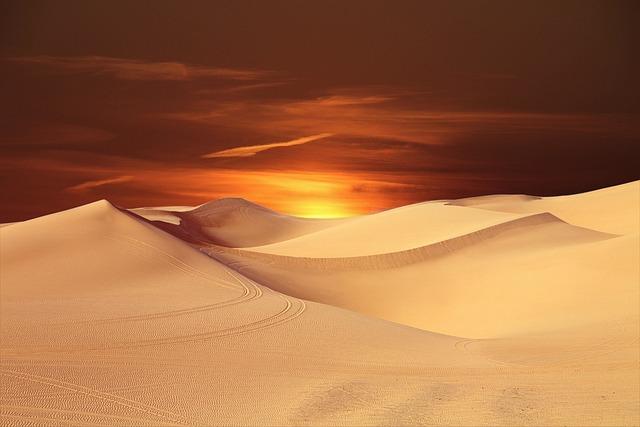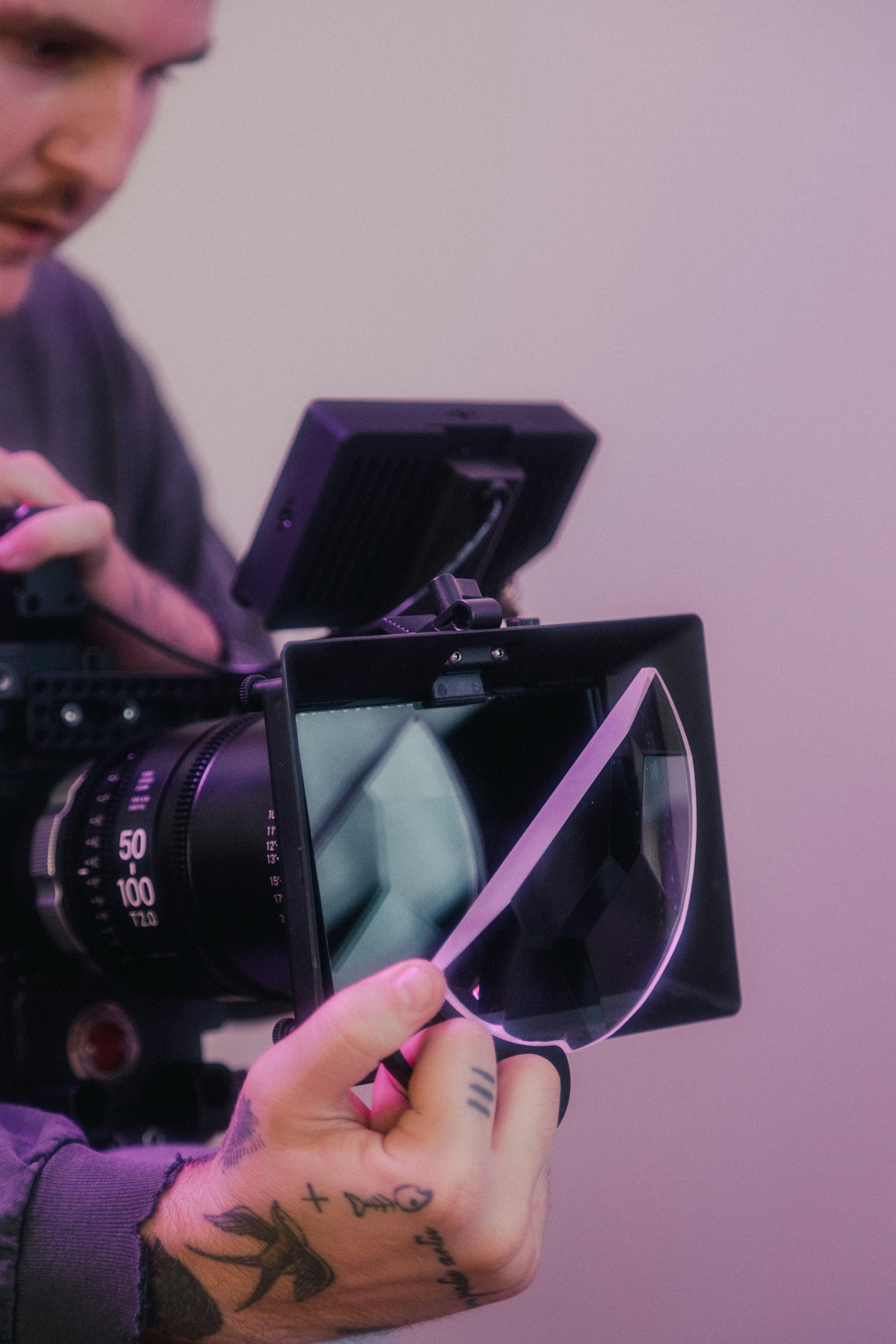In the vast expanse of cinematic landscapes, few films manage to etch themselves into the collective imagination with the sheer power of their visuals. Denis Villeneuve’s “Dune” emerges as a striking testament to this art form, weaving a tapestry of breathtaking imagery that transcends the ordinary. Through the lens of masterful cinematography, “Dune” crafts a visual symphony, harmonizing light, shadow, and expansive vistas to transport audiences into the heart of Arrakis. This article delves into the meticulous artistry and innovative techniques that transformed “Dune” into a visual masterpiece, inviting viewers to experience the epic tale not just as a story, but as an unforgettable visual odyssey.
Crafting Epic Landscapes and Iconic Imagery
In the realm of cinematic excellence, Dune stands out as a beacon of visual storytelling, weaving together breathtaking landscapes and unforgettable imagery. The film’s cinematography transports viewers to the desolate beauty of Arrakis, capturing the stark contrast between vast, rolling deserts and the intricate details of futuristic technology. The use of light and shadow plays a crucial role, creating a sense of scale and depth that immerses the audience in a world both alien and familiar.
- Vastness of Arrakis: Sweeping shots of endless dunes evoke a sense of isolation and grandeur.
- Color Palette: Earthy tones and muted colors enhance the film’s epic, otherworldly feel.
- Iconic Imagery: The silhouette of a sandworm against the horizon, a defining visual moment.
The meticulous attention to detail and the use of practical effects over CGI where possible, contribute to the film’s authenticity. Each frame is crafted with precision, ensuring that every element, from the smallest grain of sand to the towering sandworms, serves to enhance the narrative. The result is a visual masterpiece that not only supports the story but elevates it, leaving a lasting impression on audiences worldwide.

Harnessing Light and Shadow for Dramatic Effect
- Contrast: The use of stark contrasts between light and shadow in “Dune” serves to heighten the emotional intensity of each scene. The play of shadows across the desert landscape not only highlights the desolate beauty of Arrakis but also mirrors the underlying tensions and mysteries of the narrative. Through carefully crafted lighting, the film evokes a sense of grandeur and foreboding, inviting the audience to delve deeper into the world of sand and spice.
- Silhouettes: Characters often emerge from shadows or are framed against vast, illuminated backdrops, creating striking silhouettes that emphasize their roles within the epic saga. This technique adds a layer of visual storytelling, where the silhouettes themselves become symbols of power, vulnerability, or transformation. The strategic use of silhouettes enhances the dramatic effect, drawing viewers into the characters’ journeys with a sense of awe and intrigue.

The Art of Composition in a Sci-Fi Universe
In crafting the visual splendor of Dune, the filmmakers employed a meticulous approach to composition that transformed the desolate landscapes of Arrakis into a breathtaking tableau. Cinematographer Greig Fraser used a palette of earthy tones and stark contrasts to evoke the harsh beauty of the desert planet. This approach was not just about capturing stunning vistas but also about immersing the audience in a world that feels both alien and familiar. The use of vast, sweeping shots serves to emphasize the scale of the universe while grounding the narrative in its physical environment.
- Layered Depth: Scenes are often framed with multiple layers, drawing the eye into the depth of the shot.
- Natural Lighting: The reliance on natural light enhances the authenticity and texture of the film.
- Symbolic Framing: Characters are frequently positioned within the vastness of the landscape, symbolizing their place in the epic narrative.
These elements, combined with innovative camera techniques, result in a composition that is as intricate as it is visually arresting, making Dune a true masterpiece of cinematic artistry.

Masterful Use of Color to Enhance Narrative
In Denis Villeneuve’s adaptation of Dune, color transcends mere aesthetics, becoming a profound narrative tool. The film’s palette is meticulously crafted to evoke the desolation and mystique of Arrakis. Muted earth tones dominate the landscape, reflecting the harsh, unforgiving nature of the desert planet. These hues are contrasted with the rich, saturated colors of House Atreides’ banners and uniforms, symbolizing their nobility and ambition amidst the barren sands.
- Blue Eyes: The vibrant blue of the Fremen’s eyes, a result of spice exposure, signifies their deep connection to Arrakis and its secrets.
- Dark Shadows: The strategic use of shadows enhances the film’s tension, mirroring the looming threats and hidden agendas.
- Golden Glow: The golden tones in scenes of prophecy and vision suggest hope and destiny, guiding the characters’ fates.
Through these carefully chosen colors, the cinematography not only paints a visual spectacle but also deepens the viewer’s immersion into the world of Dune, seamlessly weaving color with narrative to enrich the storytelling experience.

